From Paradise To pollution: The silent struggle of famous Nilnag “the blue water lake”
Greetings dear friends! I trust you’re all doing well. Today, I feel compelled to bring up something that’s been weighing on my mind lately. It’s an issue that may resonate with you too. I sincerely hope you’ll take a moment to read through my post from beginning to end.
Kashmir, often referred to as the “Switzerland of Asia,” is renowned across the globe for its unmatched natural beauty. We are lucky to call this paradise home—where breathtaking views and serene landscapes are part of everyday life. Be it Gulmarg, Sonmarg, Pahalgam, Verinag, Doodhpathri, or Nilnag—each corner of Kashmir has its own magic that draws travelers from far and wide.
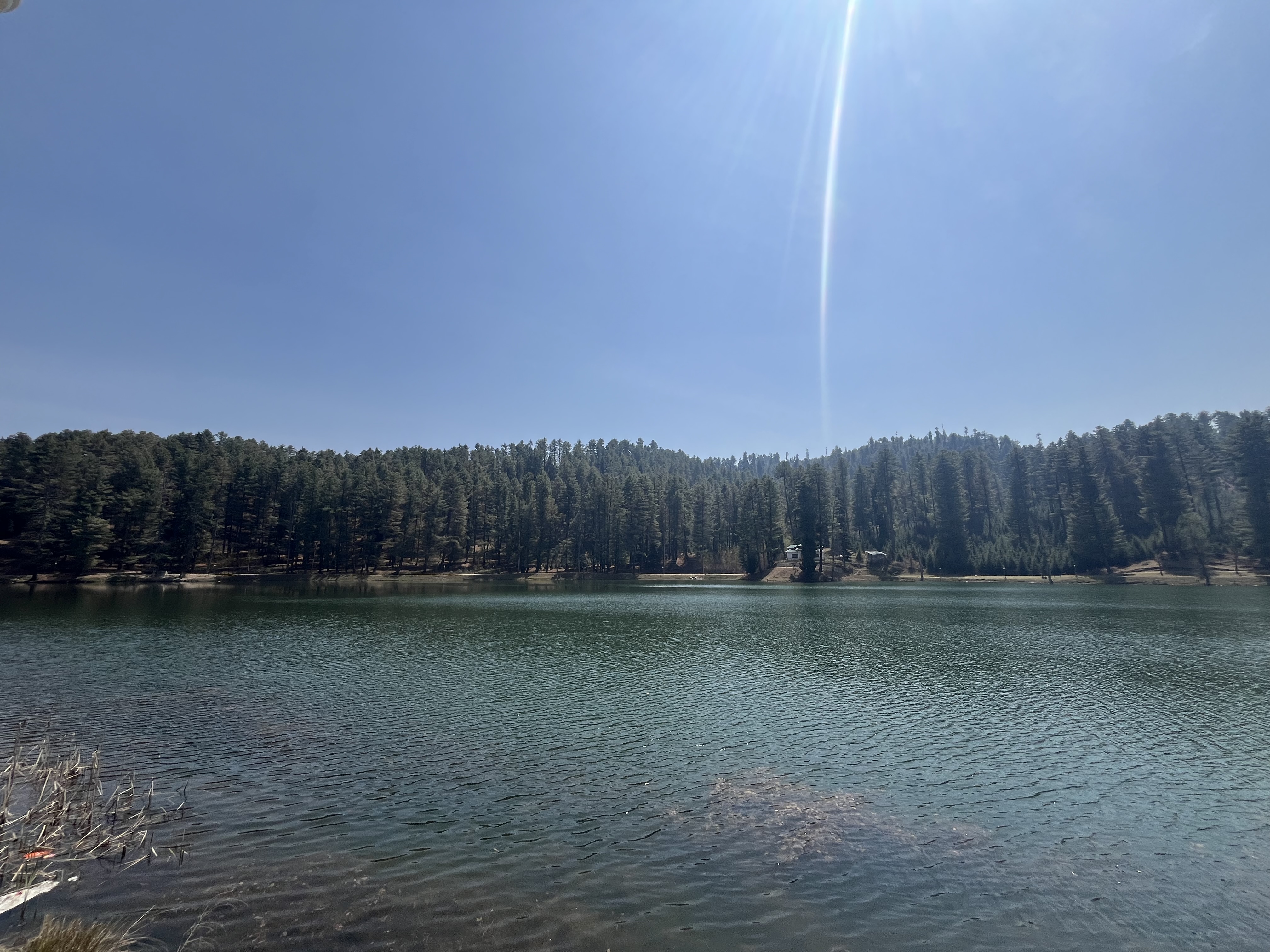
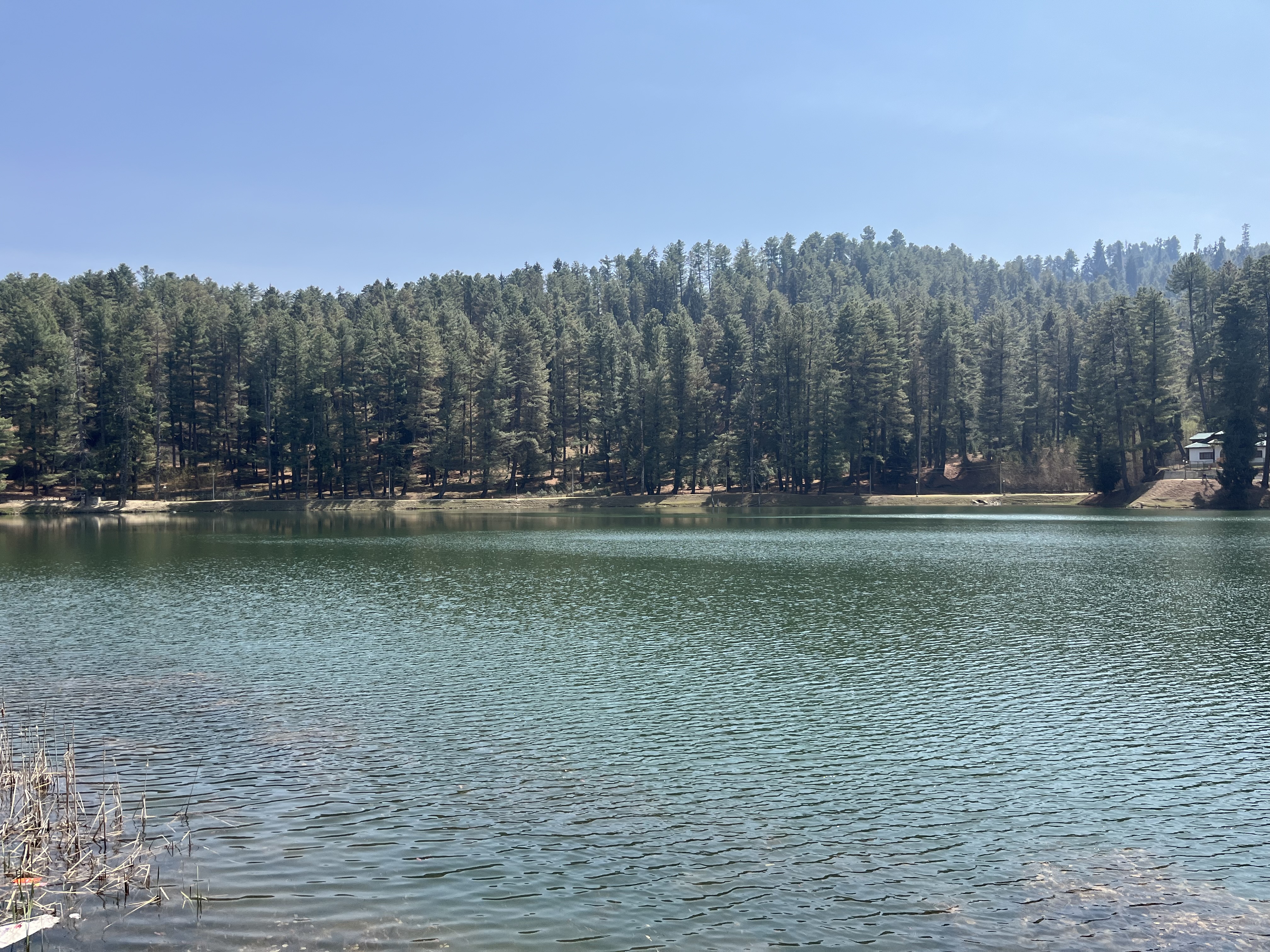
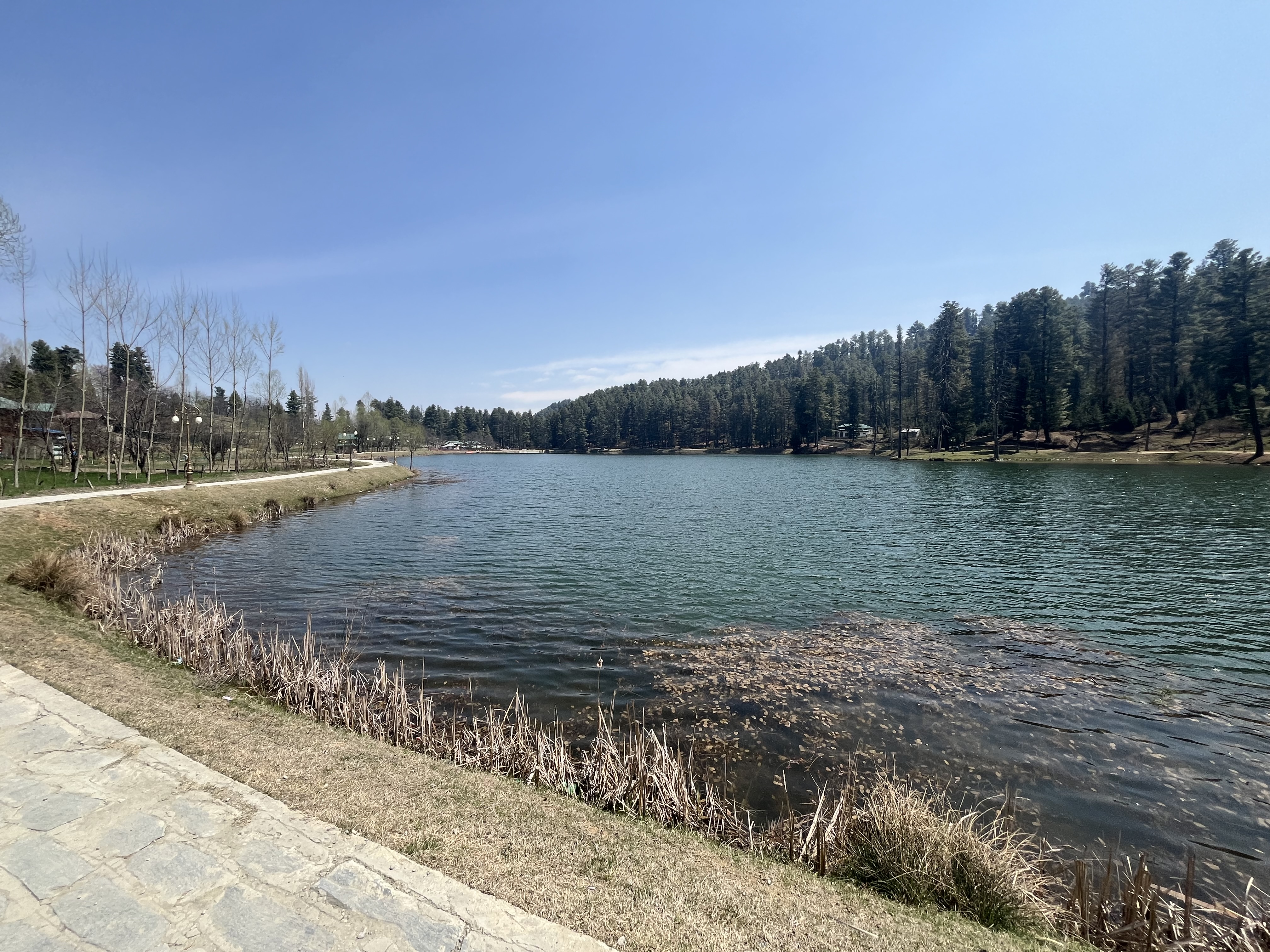
Right in the heart of this region lies Srinagar, adorned with gems like the iconic Dal Lake. But the charm doesn’t stop there. My home district, Budgam, too, boasts extraordinary scenic spots such as Yousmarg, Doodhpathri, and one of my personal favorites—Nilnag.
Nestled in the village of Buzgoo, about 40 kilometers from Srinagar, Nilnag is a hidden treasure surrounded by lush forests and tranquil beauty. The name itself is drawn from the lake’s vivid blue waters—“Nil” meaning blue. Encircled by tall trees and flanked by the villages of Gogji Pathri and Ladden, the lake’s natural surroundings offer a refreshing escape from the noise and stress of daily life.
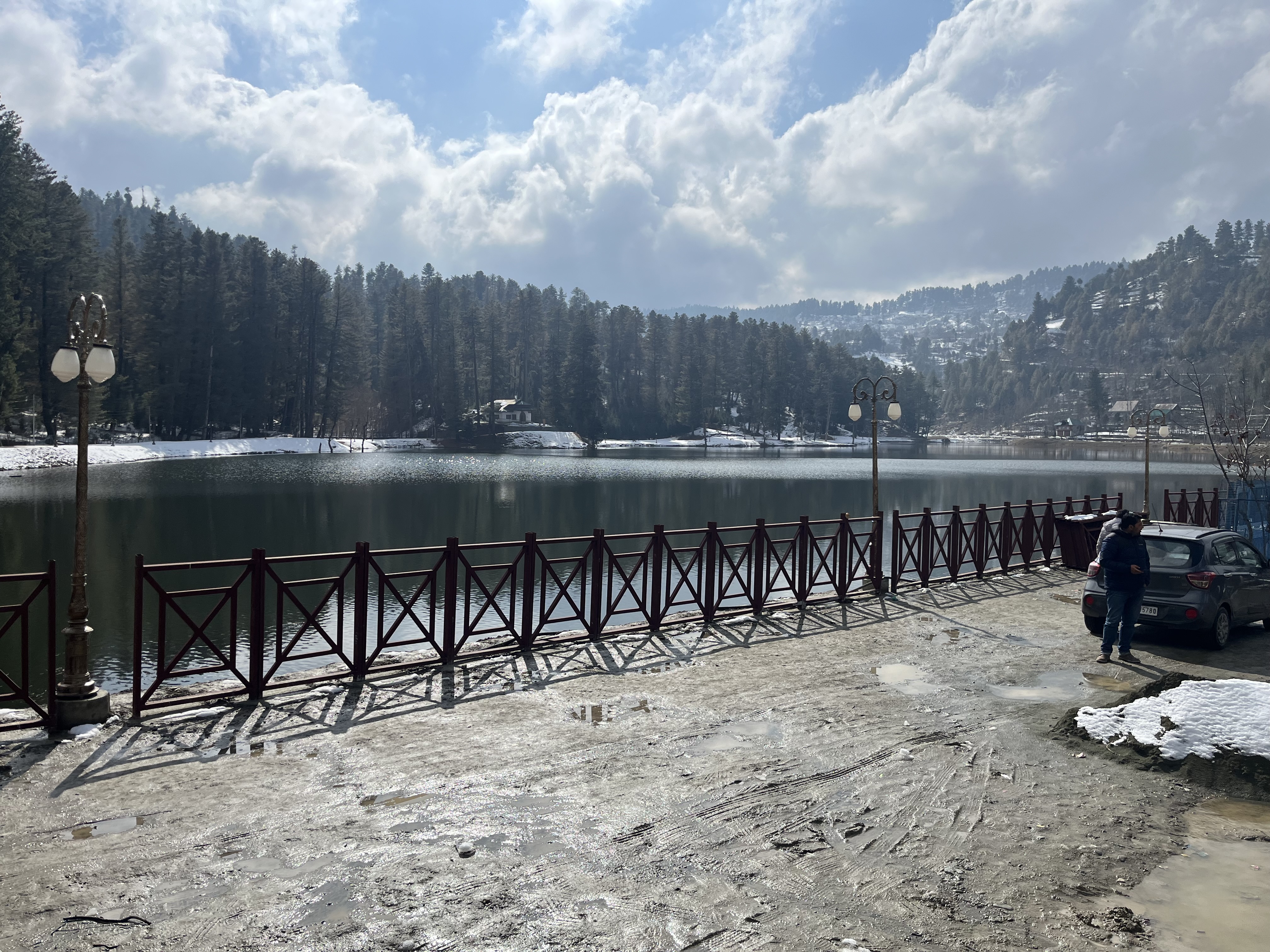
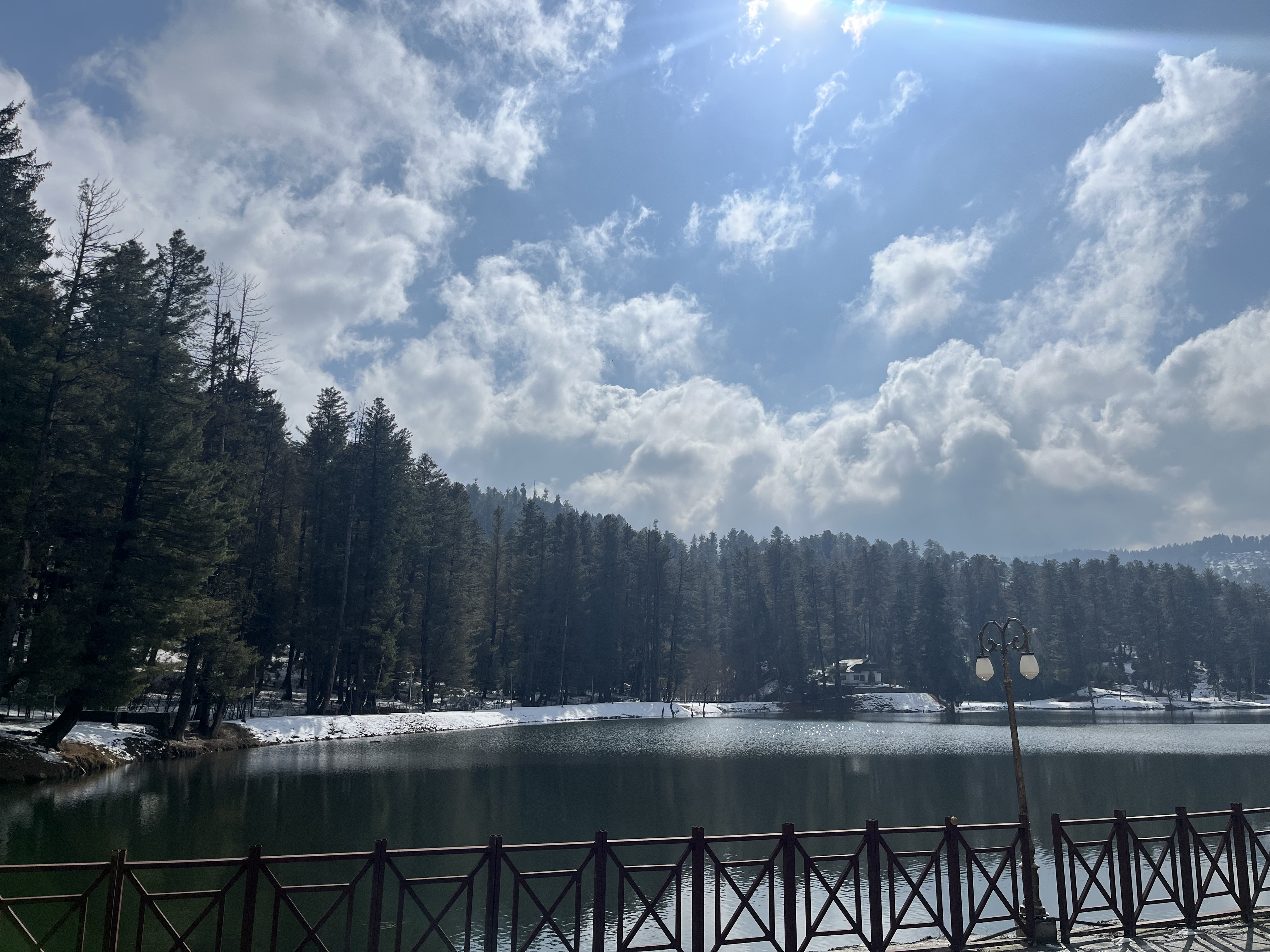
In the evenings, local villagers often gather by the lake, sipping tea and enjoying local snacks as the cool breeze gently brushes past. There’s something healing in that moment—the sound of rustling leaves, the scent of fresh water in the air, and the peaceful aura of the place. It lingers in memory long after one has left.
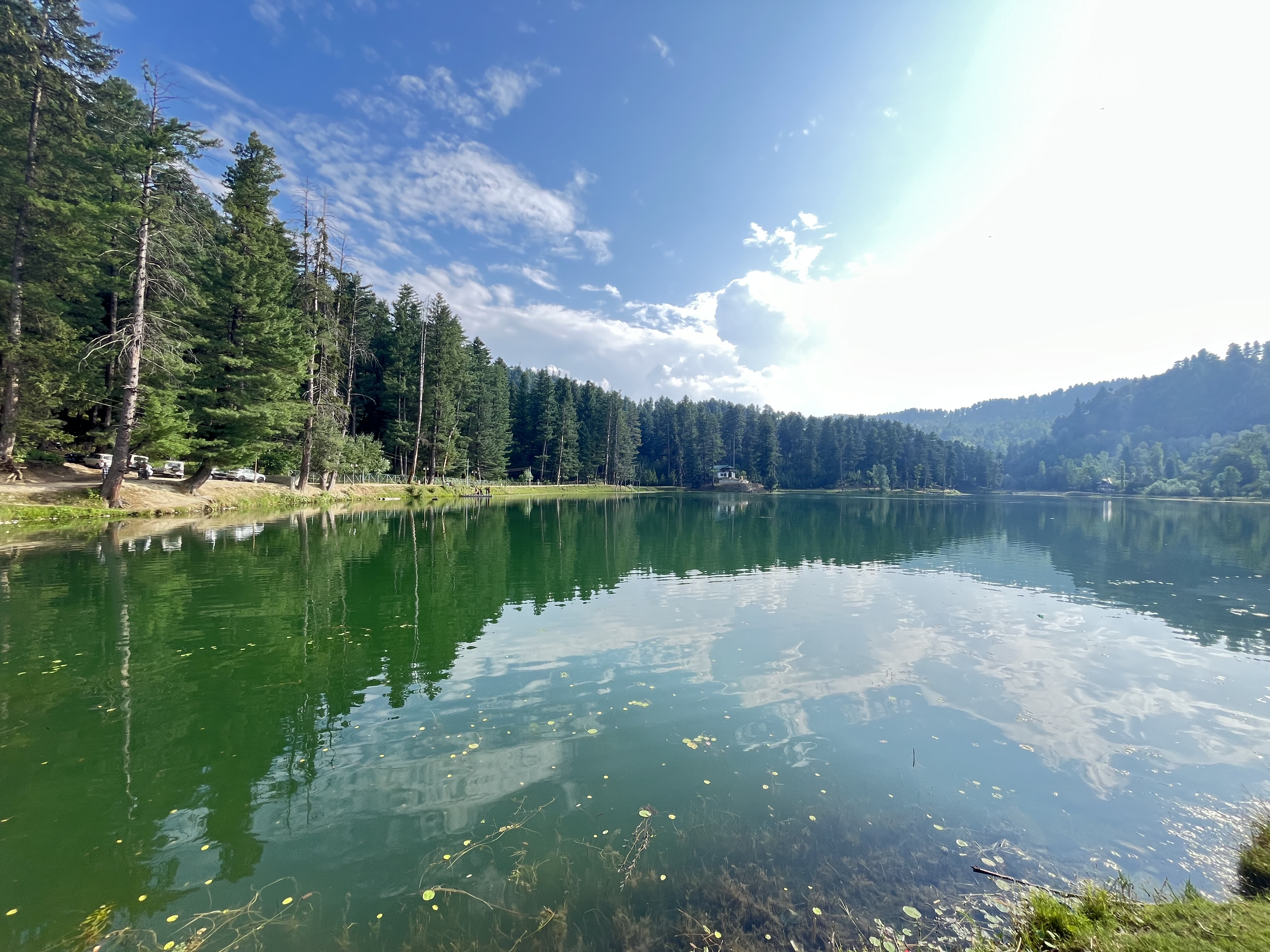
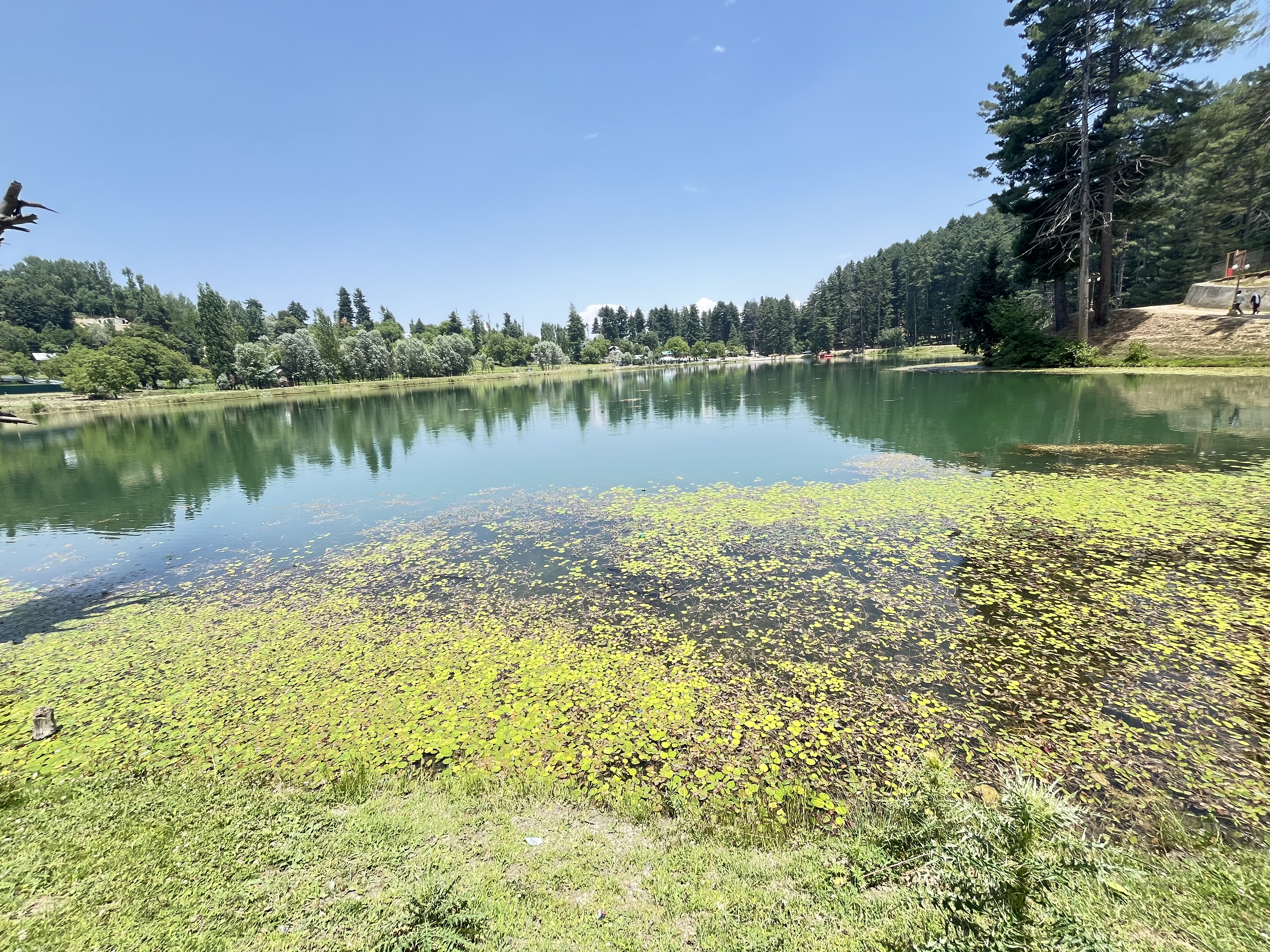
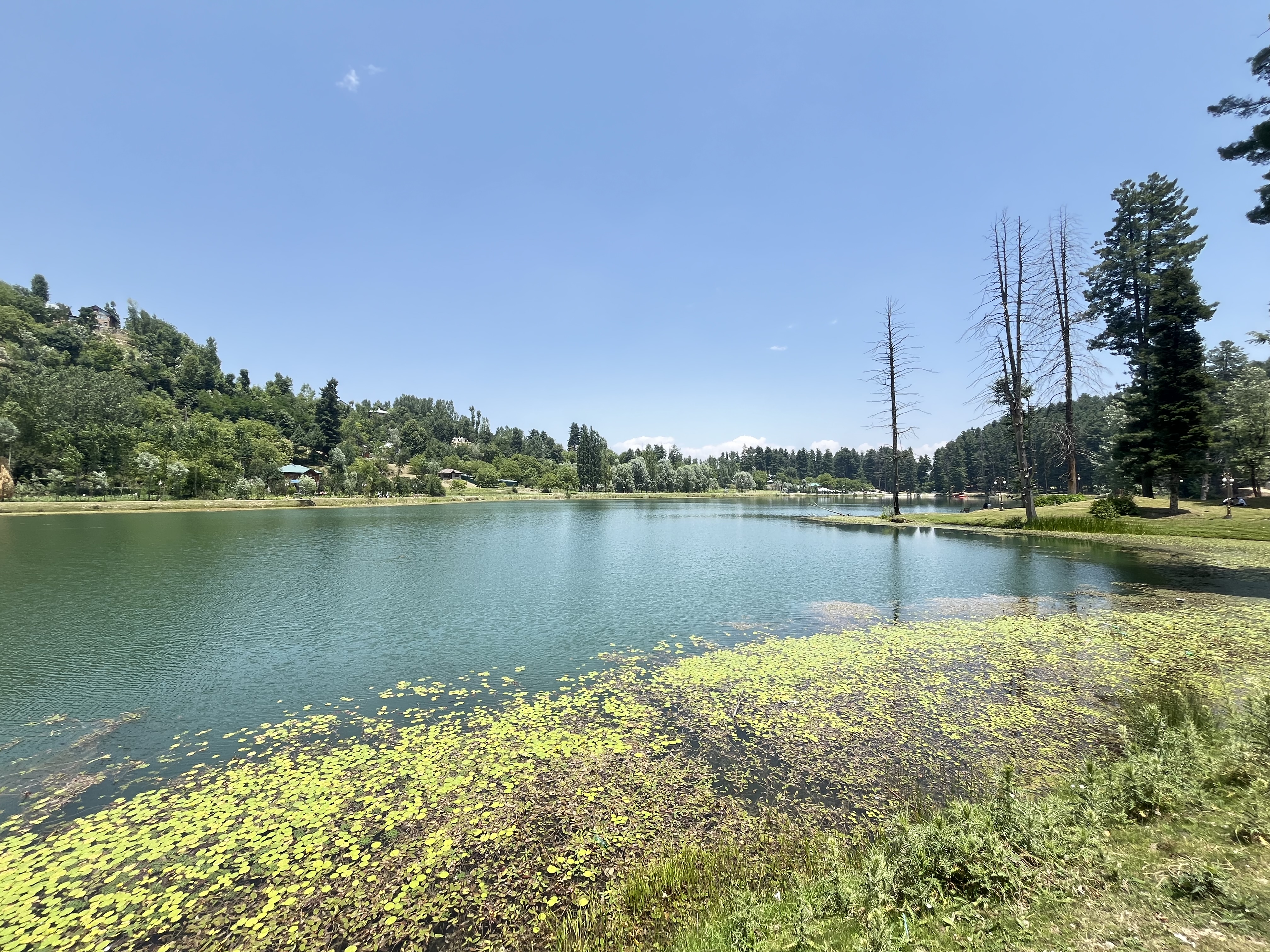
Unfortunately, the same lake that once stood untouched is now facing a slow decline. With the rise in footfall and increased tourism, littering has become a persistent issue. Plastic waste and non-biodegradable items are carelessly thrown around, damaging the purity of this natural haven.
I’ve noticed a disturbing pattern—when winter arrives and the top layer of the lake freezes, plastic bottles and polythene bags get trapped underneath. As they sink, they become difficult, if not impossible, to remove. The lake, over time, is turning into a hidden dump, even though it still looks fine on the surface. If this continues, what we now recognize as a beautiful water body will turn into a polluted shadow of itself.

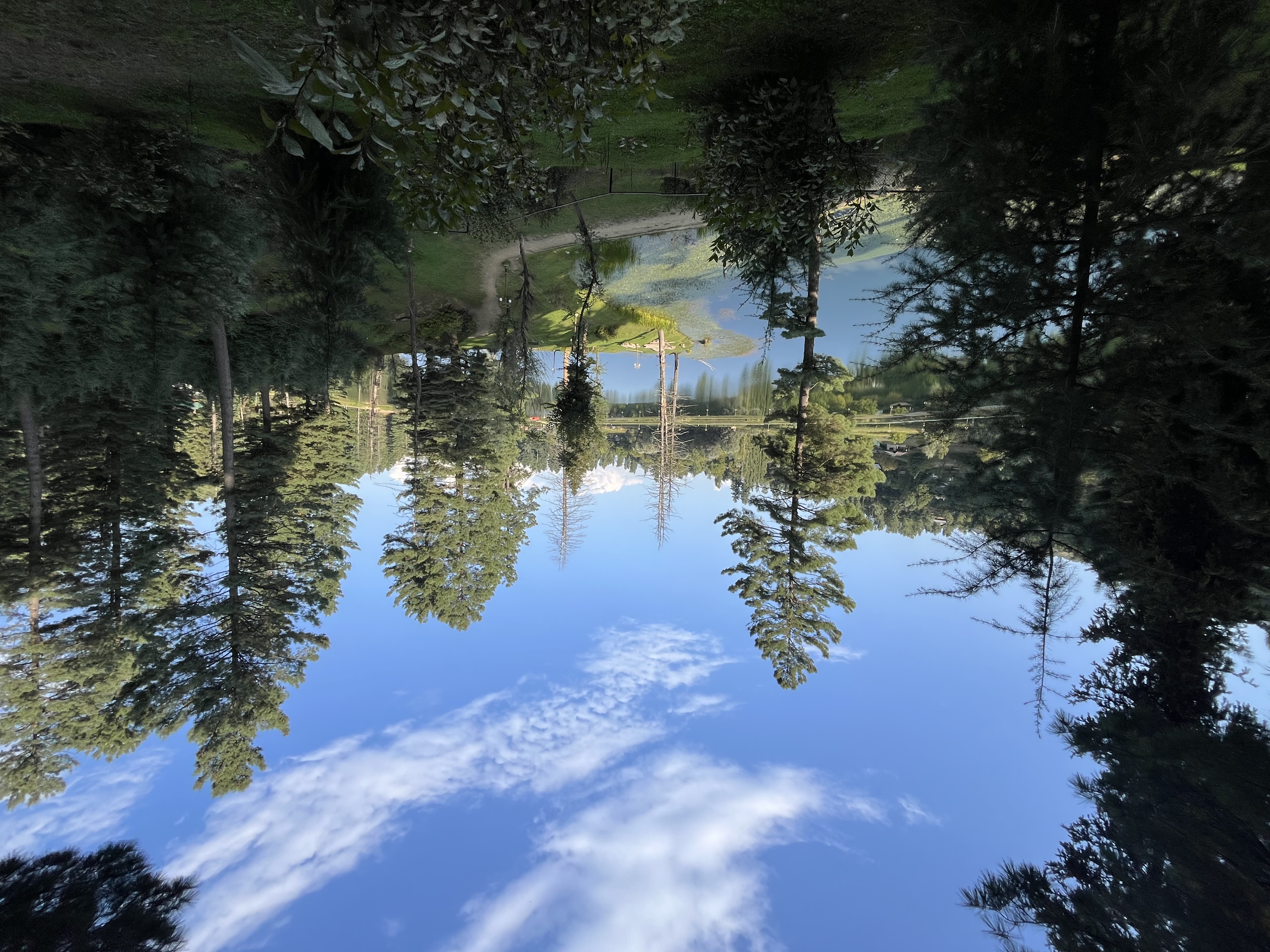
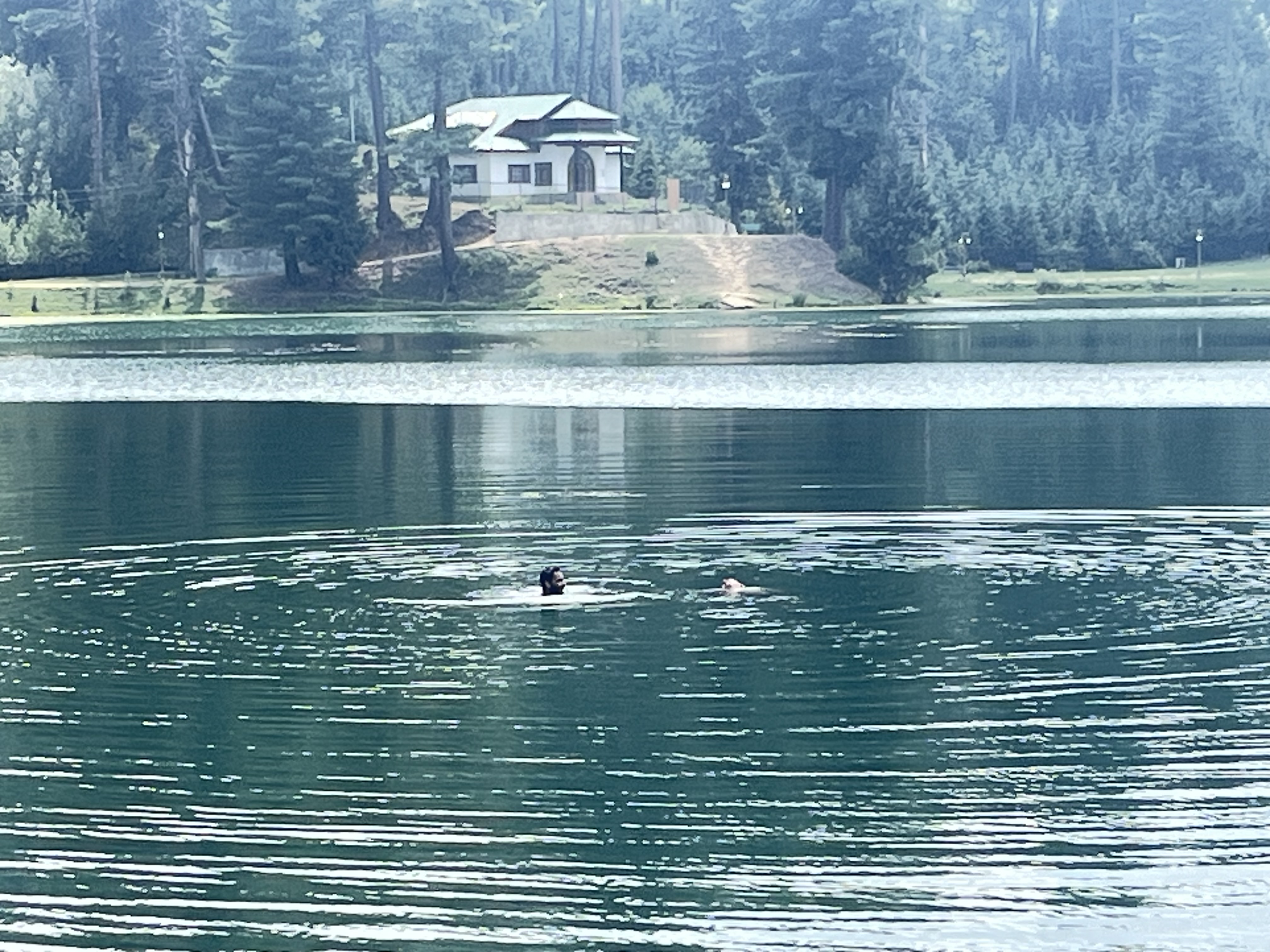
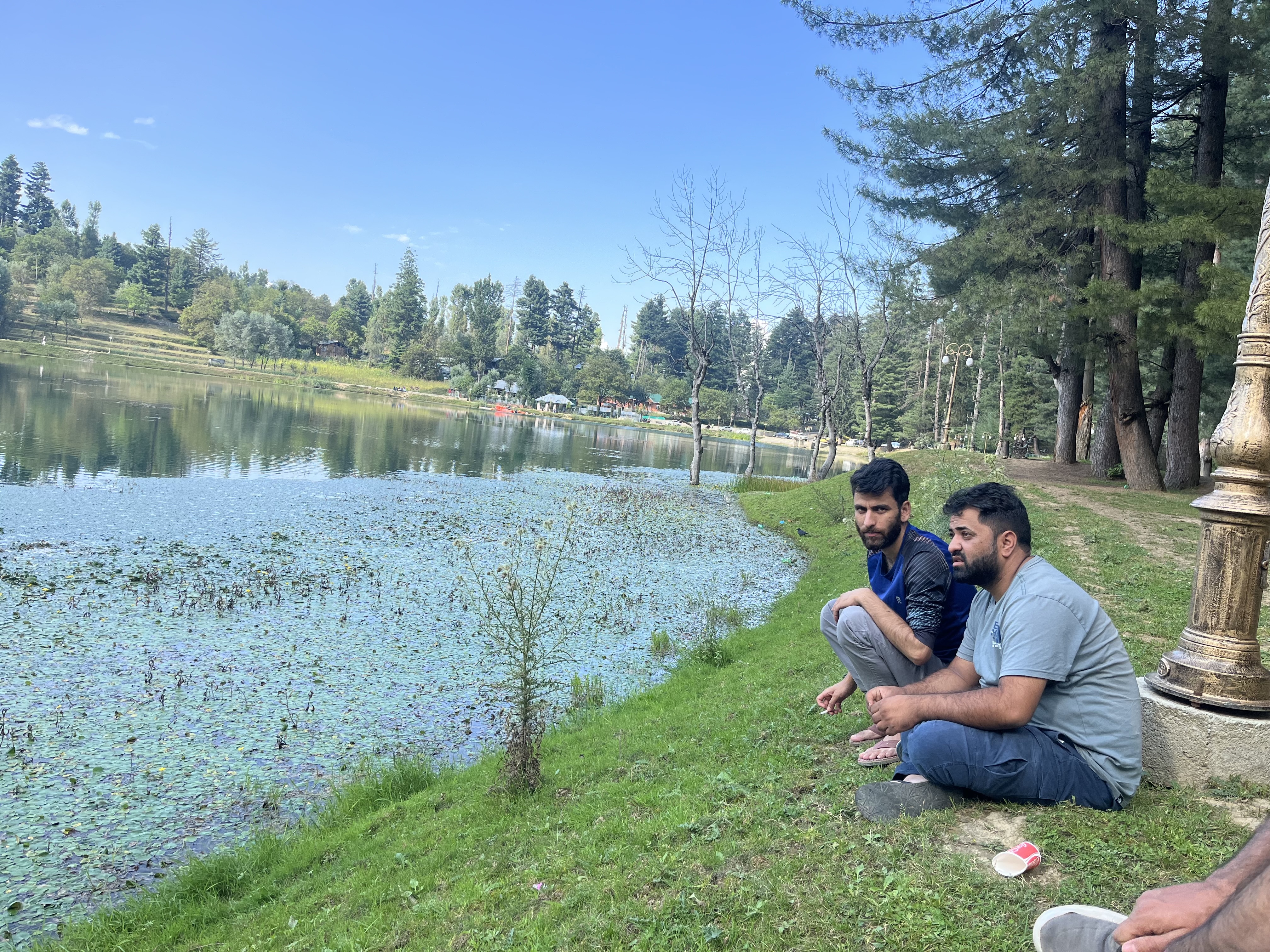
This is a heartbreaking reality, and as someone from the region, I feel it’s my duty to raise awareness. These places, sculpted by nature over centuries, cannot be recreated once ruined. We owe it to future generations to protect what we’ve been blessed with.
We need to implement small yet effective steps—maintaining the dustbins installed at tourist sites, ensuring they’re used correctly, especially for waste that doesn’t decompose easily. Simple guidelines and proper monitoring could go a long way in preventing further damage.
Preserving Kashmir’s natural beauty isn’t just the job of authorities—it’s a shared responsibility. If we act together, educate visitors, and lead by example, we can make a lasting difference. Our unity and concern for the environment can turn the tide.
Here I’m posting this with a clear intention to play my part in preserving this beautiful bounty by the Almighty and here I’ll be delighted to get to know your ideas, comments, and suggestions and can become part of a larger effort to save these precious places.
Let’s not wait for the lake to disappear before we act. Let’s protect it now, so future generations can also sit by its shore, sip tea in the breeze, and fall in love with its beauty just as we did.
Thank you for your time and your support.